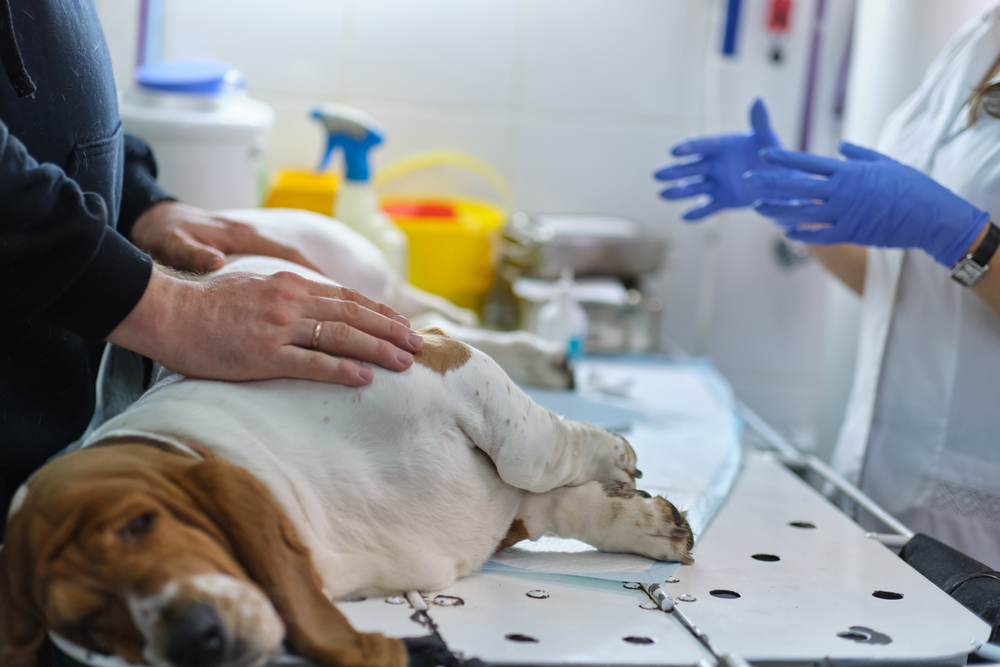The Most Common Pet Surgeries and What to Expect
At Memorial Villages Animal Hospital in Houston, Texas, we understand that the idea of surgery can be stressful. Whether this is your first experience or not, it’s completely normal to feel uncertain about your pet undergoing a surgical procedure.
Our goal is to guide you through the most common surgeries pets may need—clearly, thoroughly, and with compassion. With the right preparation and support, surgery can be a vital step toward a healthier, more comfortable life for your pet.
The Role of Surgery in Veterinary Care
Surgery is a cornerstone of veterinary medicine. It’s used not only to treat injuries or serious illnesses but also to prevent future health issues, manage pain, and improve your pet’s overall quality of life.
From preventive care like spaying and neutering to orthopedic repairs and tumor removals, each procedure is performed with precision, safety, and your pet’s comfort in mind. Let’s take a closer look at the most common surgeries we perform and what you can expect.
Common Surgical Procedures in Pets
Understanding the types of surgeries your pet might need can help you feel more prepared.
1. Spaying and Neutering
These routine surgeries are among the most frequently performed procedures in pets. Beyond preventing unwanted litters, they:
- Reduce the risk of reproductive cancers
- Minimize behavioral issues like roaming and marking
- Contribute to longer, healthier lives
Learn more about the benefits of these procedures from the American Animal Hospital Association.
2. Tumor Removal and Biopsies
Lumps and bumps on your pet can be concerning. Not all are malignant, but early detection and diagnosis are key. Surgery allows us to:
- Remove suspicious masses
- Biopsy tissues for diagnosis
- Prevent cancer from spreading
For more on recognizing and understanding tumors, explore Types of Cancer in Pets – AAHA.
3. Cruciate Ligament Repair
The cranial cruciate ligament (CCL) in dogs functions like the ACL in humans. When it’s torn, it can cause pain and lameness. Surgical options like Tibial Plateau Leveling Osteotomy (TPLO) help stabilize the knee and restore mobility.
Find a detailed breakdown at TPLO Info.
4. Dental Surgery
Dental health is often overlooked but is vital to your pet’s overall wellness. Surgical dental procedures may be necessary to treat:
- Severe periodontal disease
- Fractured or infected teeth
- Oral tumors or cysts
For more about dental procedures and fractured teeth, visit Today’s Veterinary Practice.
Explore additional procedures on Zoetis Petcare’s list of common dog surgeries.
Preparing for Surgery: A Pet Owner’s Guide
What should I do before my pet’s surgery?
Your role before surgery is critical. A pre-surgical consultation allows our veterinary team to:
- Review your pet’s health history
- Discuss the procedure and anesthesia plan
- Address your questions or concerns
What should I bring on the day of surgery?
- Your pet’s medical records
- A list of current medications or supplements
- Notes or videos of any unusual symptoms or behaviors
This information helps us tailor the surgical and anesthesia plans to your pet’s unique needs.
The Day of Surgery: What to Expect
Understanding the process can ease your nerves and help you feel more prepared.
Step-by-Step:
- Check-In: Our team will review the plan with you and answer any last-minute questions.
- Anesthesia: Your pet will be closely monitored by trained professionals before, during, and after anesthesia.
- Surgery: Our veterinarians use advanced techniques to ensure your pet receives the safest and most effective care possible.
- Recovery: After surgery, your pet will be monitored until fully awake and stable. We’ll provide you with thorough discharge instructions.
Post-Operative Care: Supporting a Smooth Recovery
The days and weeks after surgery are just as important as the procedure itself.
Key Components of At-Home Recovery
- Pain Management: Follow medication instructions carefully to keep your pet comfortable.
- Incision Care: Keep the area clean and dry. Watch for redness, swelling, or discharge.
- Restricted Activity: Avoid running, jumping, or rough play. Crate rest or confined areas may be necessary.
Tip: Use ramps or non-slip mats to help your pet move around safely during recovery.
FAQs: Common Concerns About Pet Surgery
How long will my pet be under anesthesia?
This varies by procedure. It may last anywhere from 30 minutes to several hours. We tailor anesthesia plans to your pet’s age, breed, and medical history for maximum safety.
Is anesthesia safe?
While there are always risks with any anesthesia, modern veterinary protocols and monitoring greatly reduce the chances of complications. Our team will walk you through the risk profile and how we mitigate them.
How can I help my pet recover faster?
- Stick closely to post-op care instructions
- Keep all follow-up appointments
- Watch for any concerning changes and call us promptly
What if I can’t afford the surgery?
We understand financial concerns can be overwhelming. Please talk to us about payment plans or possible alternatives. Your pet’s health shouldn’t be put on hold because of cost.

Your Partner in Surgical Care
At Memorial Villages Animal Hospital, your pet’s health is our highest priority. Whether the procedure is routine or more complex, we’re committed to:
- Providing exceptional medical care
- Offering clear, compassionate communication
- Supporting you from consultation to recovery
We know how difficult it is to watch a beloved pet go through surgery. Our team is here to make it easier—with expertise, empathy, and a shared goal of getting your pet back on their paws.
Need to talk with us about your pet’s upcoming surgery or schedule a consultation?
Contact our team today or book an appointment to get started.
Helpful Resources









Leave A Comment